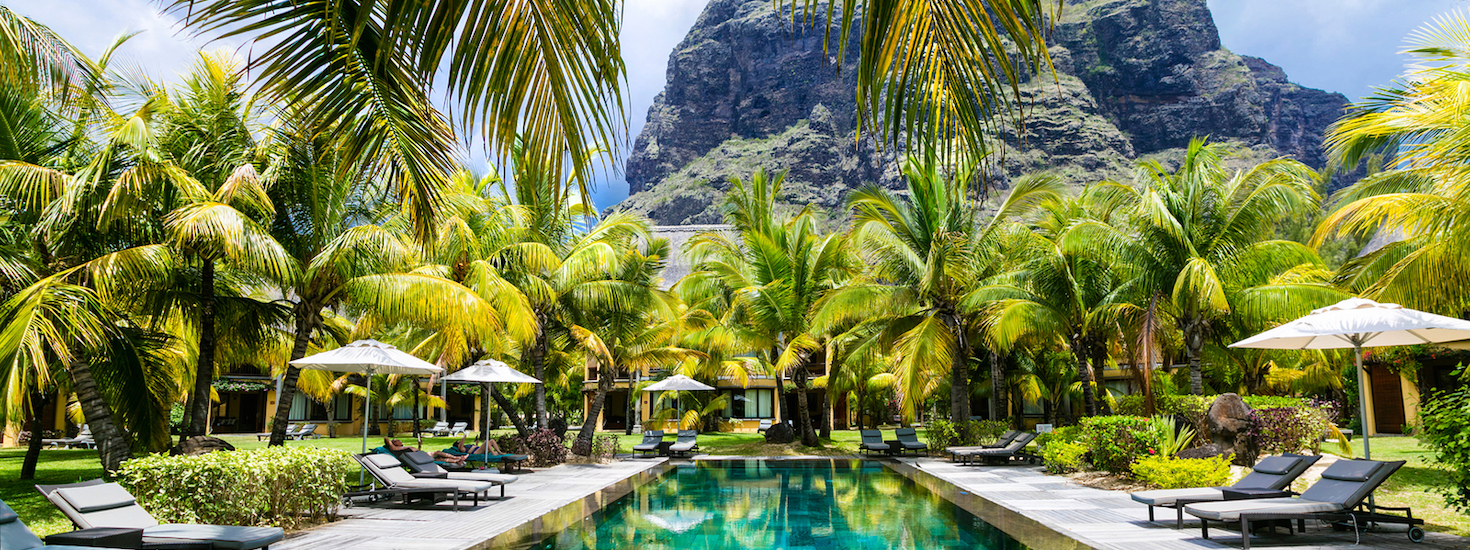The hospitality industry has faced significant changes over the last year. From the panic and uncertainty that COVID-19 presented, our attention to wellness faltered as we focused on survival. Once the initial shock of the situation subsided, a passion for physical and mental wellbeing surfaced, awakened by a new understanding of immunity and personal wellbeing.
As a result, the comfort once found in usual travel and hospitality structures has fallen away, with people seeking new, health-focused directions on how to improve and better their lives.
Current trends and predictions show a shift away from material luxuries and pleasurable experiences, focusing more on health and wellbeing as a personal journey. However, with a desire to seek out more tangible, inner experiences, it can be difficult for developers and operators to set identifiable KPIs and measure the cost-effectiveness of personal wellbeing.
Compared to a regular resort, wellness resorts have some key characteristics worth noting. Most significantly, wellness resorts sell wellness programmes instead of rooms. The programme’s cost usually includes food and beverage, room rates, and all wellness offerings associated with the package. Stays below three nights are discouraged, and there are typically several rules or guidelines that govern the guest stay.
Whether you’re looking to switch to a full-wellness model, or simply incorporate more wellness into your resort offering (find out the difference by reading our industry report on wellness-themed vs. wellness hospitality), adding wellness can bring a wealth of positive results that affect everything from brand image to return of investment.
Loyal Guests and Longer Stays
A resort’s wellness offering talks directly to their guests, showing they care, understand and appeal to their needs and values. Due to the nature of wellness resorts, extended average stays are more common, and with that comes a more loyal guest segment.
Wellness resorts transform the spa from a sales token to a key service platform, with it’s offering driving the main reason for booking. Wellness resorts see an average of 30% to 50% repeat visitors annually, with guests staying a minimum of three days but more usually closer to seven or 14 days.
By offering longer wellness packages, guests are also encouraged to spend more time achieving the results they are looking for. With higher ADRs, extended health and wellness packages that include meals and other services are preferred, and it is common for wellness travellers to book additional treatments on an a la carte basis, further improving revenue.
From a marketing perspective, impressive wellness programming can help set a brand apart from its competitors and create genuine connections to their guest market. By incorporating wellness programming, guest return rates can increase significantly.
Improved ROI
For a resort to be genuinely “wellness-centric” it needs to bring wellness out of the spa and incorporate it across all services. From healthy food and beverages in all outlets to in-room wellness features such as circadian lighting, a boost in revenue can be achieved by keeping the guest engaged and focused on improving their wellbeing at every touchpoint.
Statistically, wellness resorts show 35% to 450% higher RevPAR compared to traditional resorts with similar facility standards and services.
By adding dedicated wellness packages that utilise multiple spaces throughout the resort, operators can create a higher average daily spend while, at the same time, offering a more sustainable return of investment.
READ MORE: UNDERSTANDING THE ROI OF WELLNESS
Seasonality-Proof Destinations
Because wellness can be enjoyed year-round, wellness resorts are less affected by seasonal changes of a destination, maintaining stable occupancies throughout the year. In Thailand, where GOCO Hospitality’s main office is located, wellness resorts saw occupancy as high as 90-100% during the low season April to May in pre-COVID times. By comparison, 4- and 5-star hotels and resorts in the same locations experienced less than 50% occupancy on average during the same time.
Further Investment Opportunities
In addition to creating an opportunity to increase the length of the stay and generate more revenue from traditionally “non-wellness” services and facilities, incorporating a wellness element to all on-site developments can open up even more revenue streams and significantly improve ROI.
For example, when incorporating wellness elements into real estate development, such as long-term rentals or lease-back rental properties within a resort, the property’s value can be increased. Buyers and travellers alike are looking for experiences that allow them to effectively embrace the wellness lifestyle, extending away from resort spas and towards daily living on all levels.
INDUSTRY REPORT: THE WELLNESS REAL ESTATE DEVELOPMENT PROCESS EXPLAINED

